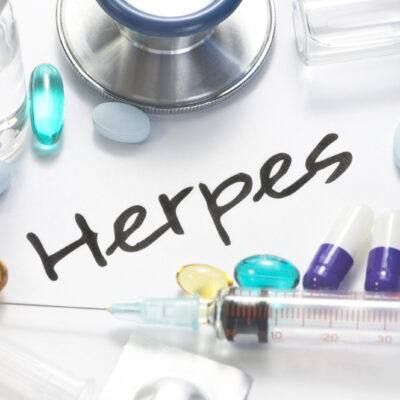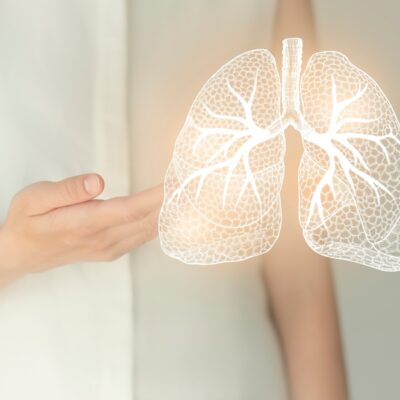
health
Early Signs of Huntington’s Disease
If you suspect that you or your loved one may have Huntington’s, there are some early signs to be aware of. The medications known as INGREZZA (valbenazine), XENAZINE (tetrabenazine) and AUSTEDO (deutetrabenazine) can help manage symptoms of Huntington’s, though neither act as cures for the disease. This article outlines some of the early signs of Huntington’s to look out for: 1. Behavioral changes Those who have Huntington’s disease often experience changes in their behavior early on. Mood swings, a lack of emotion, irritability, and depression are all examples of the changes that someone with Huntington’s may undergo. While all of these are general and can be linked to a variety of different causes, if Huntington’s is a condition that runs in your family, then it’s likely worth seeking out the advice of a medical professional. 2. Difficulty concentrating Having difficulty concentrating can be a result of many things, from staying up all night with the baby to having ADHD or other related disorders. However, struggling to concentrate can also be an early sign for those with Huntington’s disease. This symptom is a manifestation of the cognitive decline that is characteristic for Huntington’s and it progresses as the disease does. 3.
Read More 















